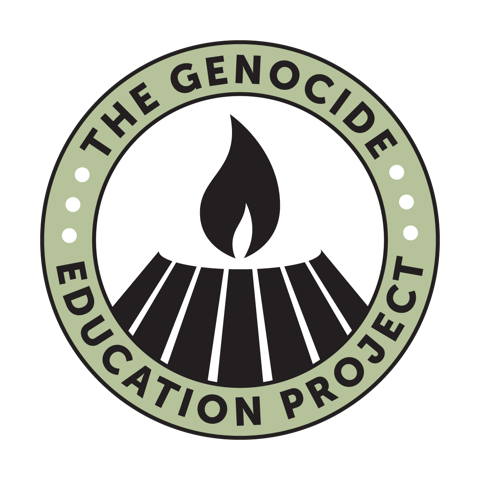Studying genocide is a critical part of a student’s understanding of both history and of current events. The Stages of Genocide Toolkit is designed to help teachers cover the topic in a meaningful and incisive way, introducing students to the phenomenon of genocide itself and then examining it through multiple case studies.  Using the “Ten Stages of Genocide” framework provides an opportunity to explore multiple instances of mass atrocity. The toolkit also highlights the connection between genocide and human rights. Finally, this resource encourages reflection and discussion of personal and institutional actions and responsibility, connecting these historical events to current events and to students’ lives.
Using the “Ten Stages of Genocide” framework provides an opportunity to explore multiple instances of mass atrocity. The toolkit also highlights the connection between genocide and human rights. Finally, this resource encourages reflection and discussion of personal and institutional actions and responsibility, connecting these historical events to current events and to students’ lives.
The Toolkit is rooted in the “Ten Stages of
Genocide,” a framework developed by Dr. Gregory H. Stanton, a professor in Genocide Studies and Prevention, and includes resources to teach students about the causes and patterns of genocide.
The Stages of Genocide Toolkit contains six case studies of historical genocide, chosen for their wide geographic range and their place in modern historical chronology:
• Armenian Genocide
• Genocide in Cambodia
• Genocide in Guatemala
• The Holocaust
• Genocide of Native Americans in the U.S.
• Genocide in Rwanda
